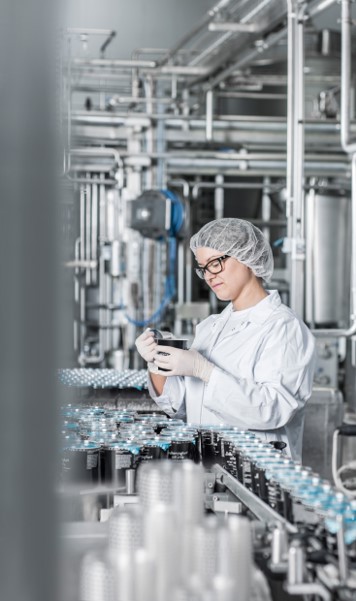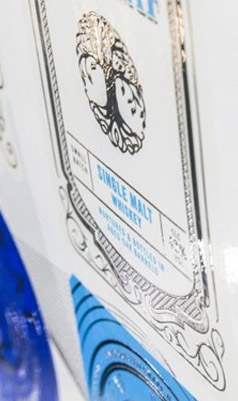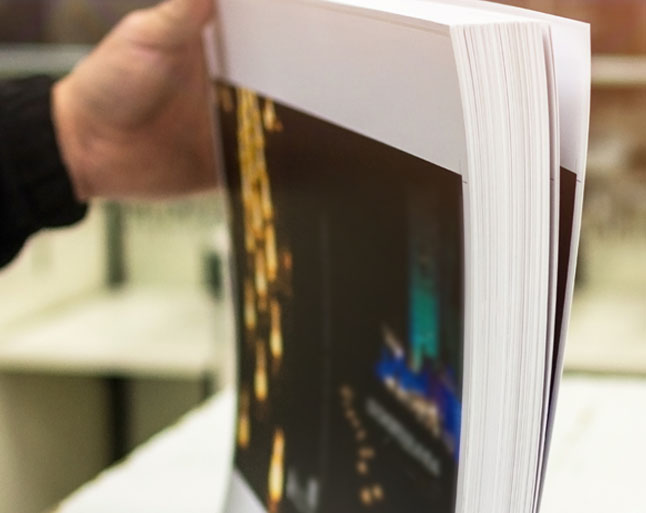

Flexible Packaging
ACTEGA is an international leader in flexible packaging by offering tailored inks, coatings and adhesives.
LEARN MORE

ACTEGA is an international leader in flexible packaging by offering tailored inks, coatings and adhesives.
LEARN MORE

Our focus on innovation is at the heart of our DNA, so we invest heavily in the development of new technologies.
DISCOVER MORE

Our goal is becoming climate-neutral by 2025. Discover more about our commitment to environmental protection.
DISCOVER MORE

Discover our calendar with great images and powerful finishing effects.
MoreYou have already subscribed to our newsletter.
You successfully unsubscribed from our newsletter
Continue ShoppingThe scratch and scuff resistance of printed product shows their resistance towards abrasion and mechanical load. In general, inks and coatings provide a good scratch and scuff resistance – if they are processed properly. Thus, you can stamp, fold or glue.
The requirements on the end product depend on the later mechanical load. One condition is the sufficient drying of inks and coatings.

Normally, oxidative inks need 48 hours for drying, inks characterised by neutral odor need 72 hours. “Fresh” inks also provide a delayed drying. Partly, metallic inks require even more time for drying and often have a tendency towards separation. If you face problems with your scratch and scuff resistance, damage symptoms can be different. Possible are ease scratches, but also abrasion and strong damages.
1. Stir the coating before use
Wax additives influence the scratch and scuff resistance of your coating. By means of stiring you help these additives to disperse within the coating. But be careful: The higher the matt level of a coating, the more damageable it is.
2. Increase your dryer performance
The optimal setting of the dryer is individual (IR and hot air). Temperature in your pile should not exceed 35°C. Consider a sufficient airing also during the drying process. The dryer’s air contains water after a longer production period (humidity). If this water comes into contact with the printed sheets, inks and coatings may become wet again (laundry effect).
3. Reduce the speed of your printing press
Like this, you realize a longer exposure time of sheets in the dryer.
4. Choose the appropriate powder
Adjust grammage of substrate and type of granularity. In general: The heavier the substrate, the coarser the granularity. The higher the ink coverage, the higher the requirement of powder. But: The harder and coarser the granularity, the more likely are scratches. We recommend 20 µ for paper up to 170 g, 30 µ for board and paper from 170 g to 400 g as well as 45 µ for board above 400 g and coarse stamped board. Do not use powder on a mineral basis (too hard!).
5. Consider a complete coverage of printing inks
Use an anilox roller with a higher cell volume. Printing inks must be completely covered.
6. Choose a substrate with a homogeneous surface
Avoid substrates with a rough coat. The reason: A good adhesion of the coat (inks, coating) on the substrate‘s surface. But be careful: Matt and silky matt papers are especially prone to abrasion.
7. More recommendations
Check the scratch and scuff resistance after 24 - 48 hours. Make sure that inks and coatings are completely dry.
Still have open questions? Contact us and we will support you with the application.
CONTACT USThe Troubleshooting Series is your source of content with smart tips that helps you to make the most of all ACTEGA products in your processes. In addition to state-of-the-art chemical specialties for the packaging industries, we are your knowledge partner by offering you our technical expertise and useful information.
Discover all of our content